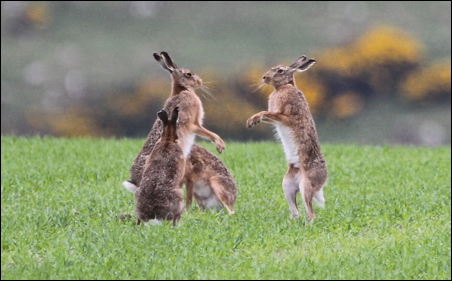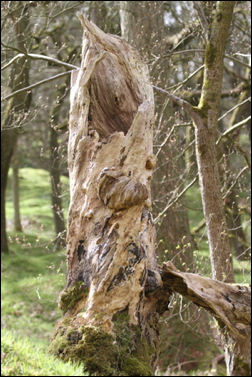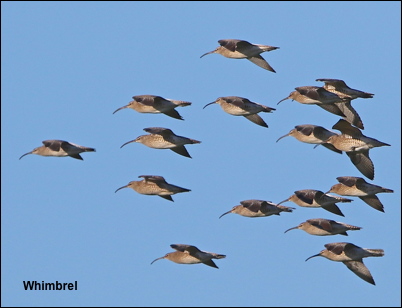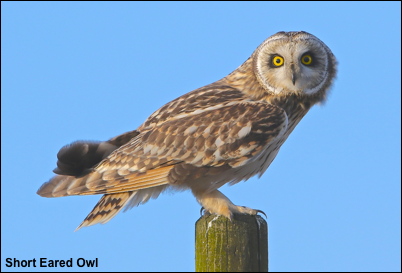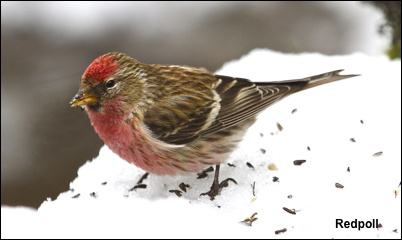Osprey Bonus

What a phenomenal week we have just had on Islay with more than one hundred hours of unbroken sunshine and little winds.
It always amazes me how you can go out early in the morning with one thing on your mind and then unexpectedly capture photos of something else. That’s exactly what happened last week when, as I searched for early morning Corncrake, I came across a telegraph pole with an Osprey stood on top. Plenty of photos were taken in the two hours that it was there but the big surprise was that it was on the same pole the next day and the day after that! What I had in fact found was the pole that the Osprey roosts on every night and unbeknown to any other birder on Islay! As I have mentioned before your results are directly proportionate to the time that you put in but what a totally unexpected bonus the Osprey was. Click here


